1. McDonald’s McDLT

Back in the ’80s, McDonald’s decided to revolutionize the burger by keeping the hot side hot and the cold side cold. The McDLT came in a bulky two-sided Styrofoam container, with the lettuce and tomato on one side and the patty and bun on the other. The idea was that you’d assemble it yourself to get the “freshest” experience possible. It seemed high-tech for the time but quickly became more of a hassle than a treat.
People didn’t really want to build their own burgers at a fast-food joint, and the packaging was criticized as wasteful. Plus, the novelty wore off once the burger was just…a burger. The concept faded, and McDonald’s quietly retired it, leaving behind a quirky footnote in fast-food history. Nowadays, it’s remembered more for its over-the-top commercials than the actual taste.
2. Burger King’s Table Service Dinner
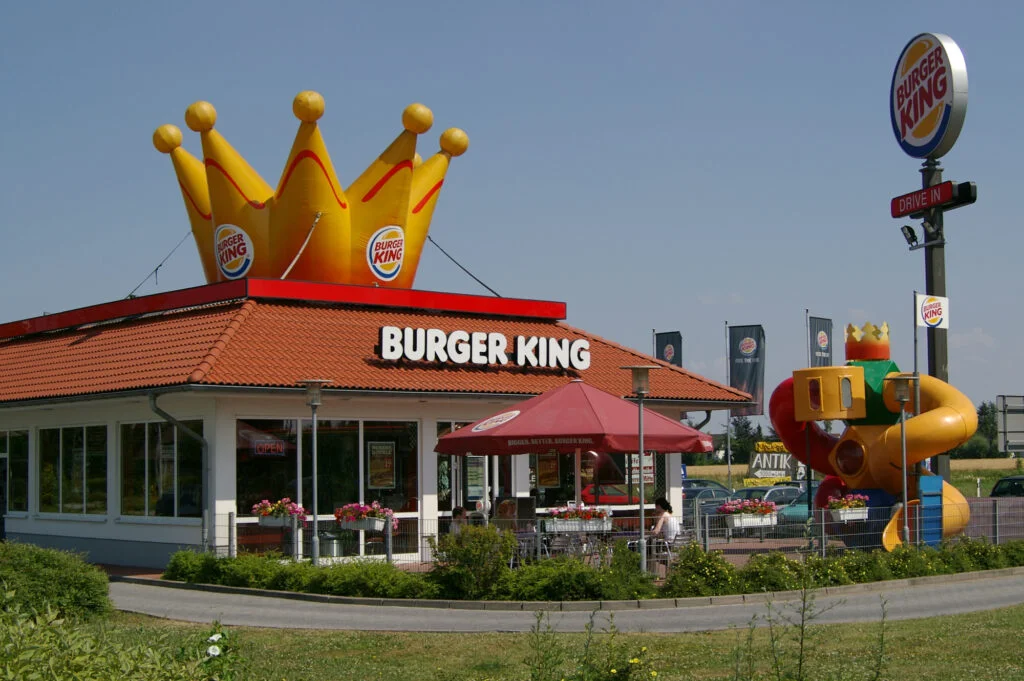
In an odd move, Burger King tried to compete with sit-down restaurants by offering table service at select locations in the ’80s. Customers would order at the counter, but then a server would bring the food to your table on actual plates. The hope was to create a more upscale fast-food experience without the upscale prices.
It was a confusing concept, since most people went to Burger King for convenience, not lingering dinners. The service slowed everything down, which didn’t exactly please the drive-thru crowd. Eventually, the experiment fizzled out, proving that people wanted fast food fast, not dressed up like fine dining.
3. McPizza
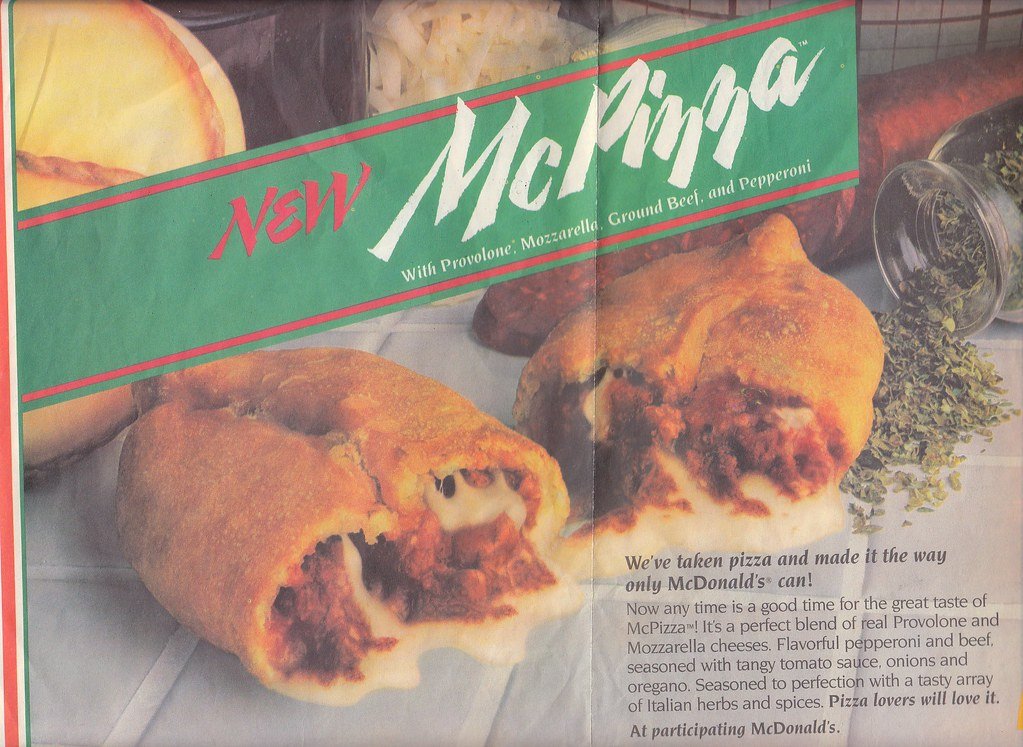
McDonald’s wanted to be more than burgers and fries, so in the late ’80s, they introduced pizza. The McPizza came in several varieties and was cooked in special ovens installed in restaurants. It was a bold attempt to compete with chains like Pizza Hut and Domino’s, but it took far longer to cook than your average burger.
Customers weren’t thrilled about waiting 10-15 minutes for something from McDonald’s, and the rollout was costly. Some locations held onto it into the ’90s, but it never caught on nationwide. Today, it’s mostly a trivia question for McDonald’s die-hards. Some people still fondly remember the taste, though nostalgia probably makes it better than it really was.
4. Taco Bell’s Seafood Salad
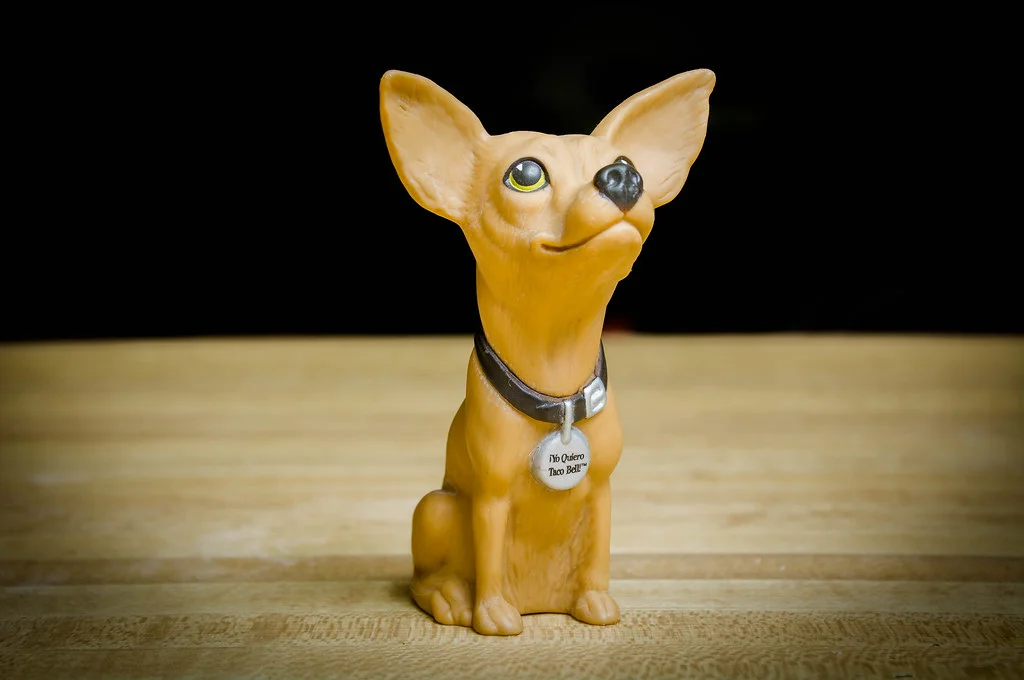
In 1986, Taco Bell jumped on the seafood trend by offering a salad topped with shrimp, crab, and whitefish. It was served in their iconic taco shell bowl and marketed as a healthier alternative to tacos and burritos. At first, it seemed like a fresh option compared to the usual menu.
But seafood at a fast-food joint made a lot of customers uneasy. Questions about freshness and sourcing piled up, and the item became more of a punchline than a hit. It quietly disappeared not long after, leaving fans of Taco Bell’s quirky past scratching their heads. The idea of seafood at Taco Bell just never quite worked.
5. Wendy’s Superbar
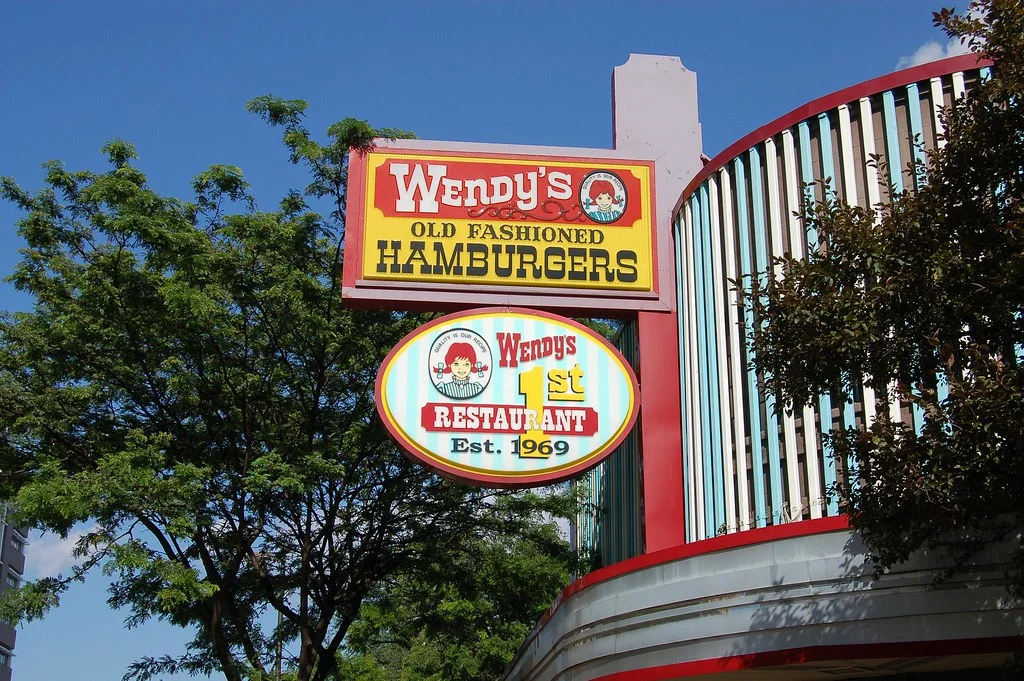
Wendy’s once tried to bring the buffet experience into their restaurants with the Superbar. It included pasta, salad, and even Mexican food, all available in an all-you-can-eat setup. For a while, it was a huge hit, especially for families who loved piling on endless plates of food.
The problem was that buffets are messy, and managing one inside a fast-food chain wasn’t practical. Food waste, hygiene concerns, and constant refilling made it too difficult to maintain. Eventually, Wendy’s pulled the plug, though people still talk about the Superbar with nostalgic fondness. It’s one of those “only in the ’80s” experiments.
6. Domino’s Oreo Dessert Pizza
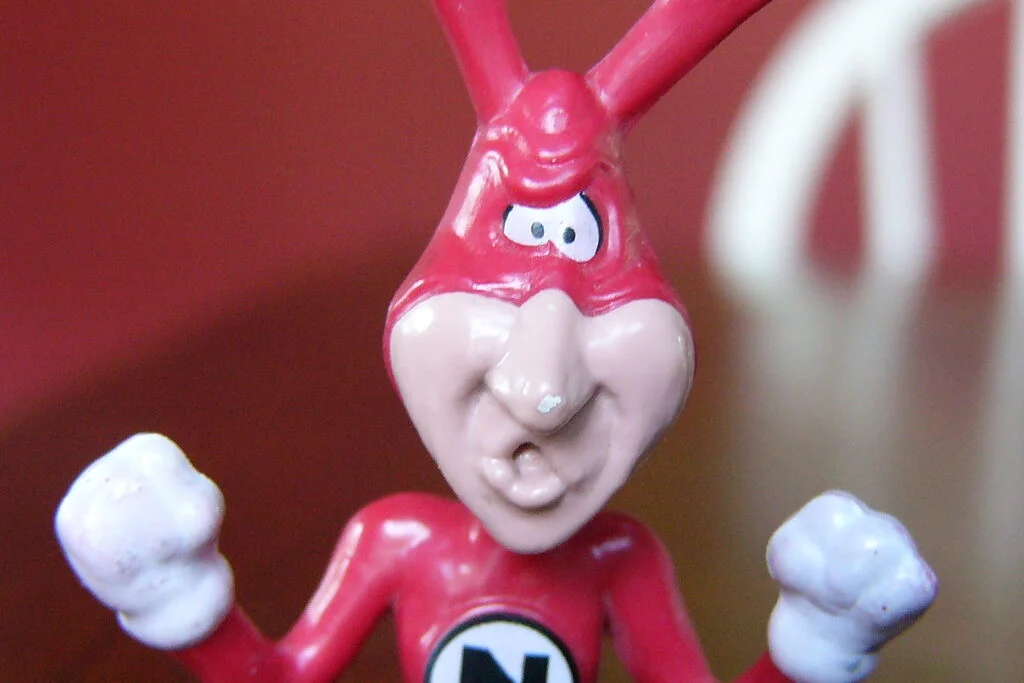
Domino’s wanted to branch out beyond savory pies, so they launched a dessert pizza topped with Oreo cookie crumbles. It was basically a cookie crust topped with sugary icing and a blanket of crushed Oreos. Kids loved it, but adults weren’t as impressed.
It was incredibly sweet, almost too much to handle after a pizza dinner. Plus, it was a strange fit alongside pepperoni and cheese bread. The item disappeared, though dessert pizzas in general still pop up from time to time at other chains. This one stands out as an ’80s original that felt more like a gimmick than a lasting treat.
7. McDonald’s Onion Nuggets
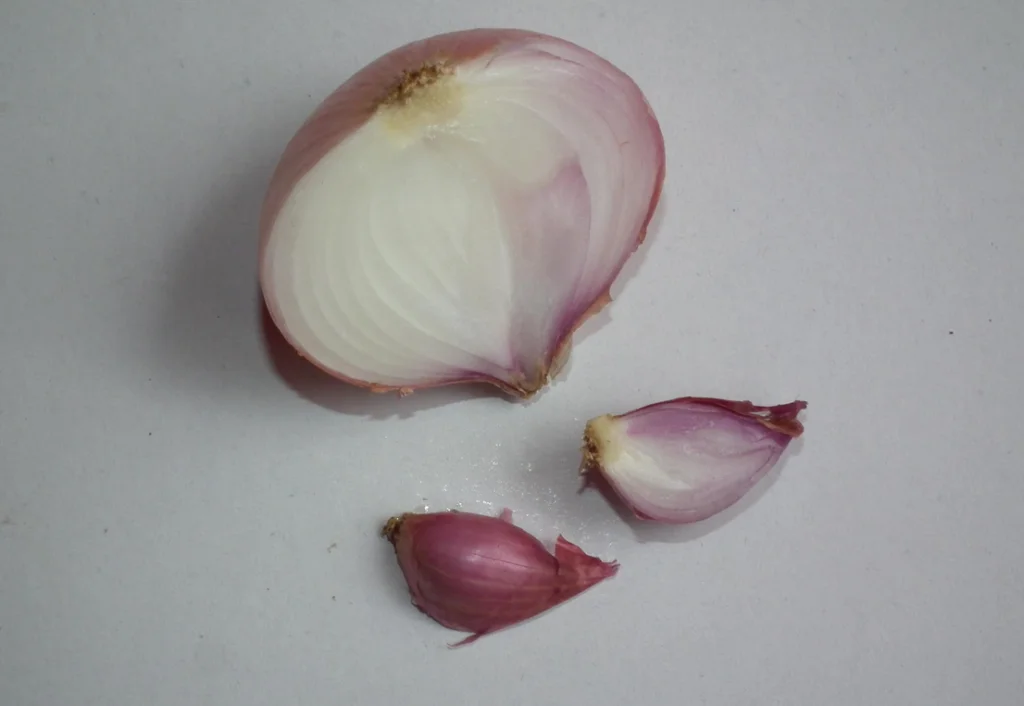
Before Chicken McNuggets, McDonald’s experimented with Onion Nuggets. These were deep-fried chunks of onion, breaded and served with dipping sauces. They were meant to be a portable, snackable version of onion rings.
While not terrible, they didn’t quite satisfy the craving people had for more traditional sides. The texture was strange, and the flavor was a little overpowering compared to fries. Once Chicken McNuggets debuted, Onion Nuggets were quickly forgotten. Today, they’re one of the strangest footnotes in McDonald’s menu history.
8. Arby’s Curried Turkey Sandwich
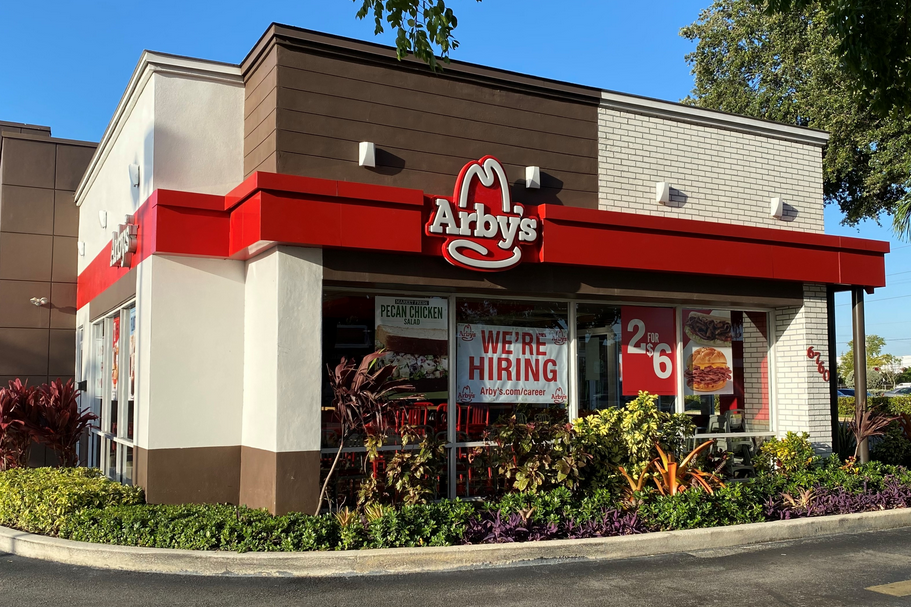
In the ’80s, Arby’s decided to get adventurous with a curried turkey sandwich. It combined sliced turkey with a curry-inspired sauce, aiming to bring an “international” twist to fast food. The flavor was bold, but not exactly what people expected from Arby’s.
Customers looking for roast beef weren’t sure what to make of curry on a bun. The flavor profile was just too niche for the average fast-food eater at the time. It didn’t last long, but it proved that Arby’s wasn’t afraid to experiment. Unfortunately, this one was more of a miss than a hit.
9. Jack in the Box Frings
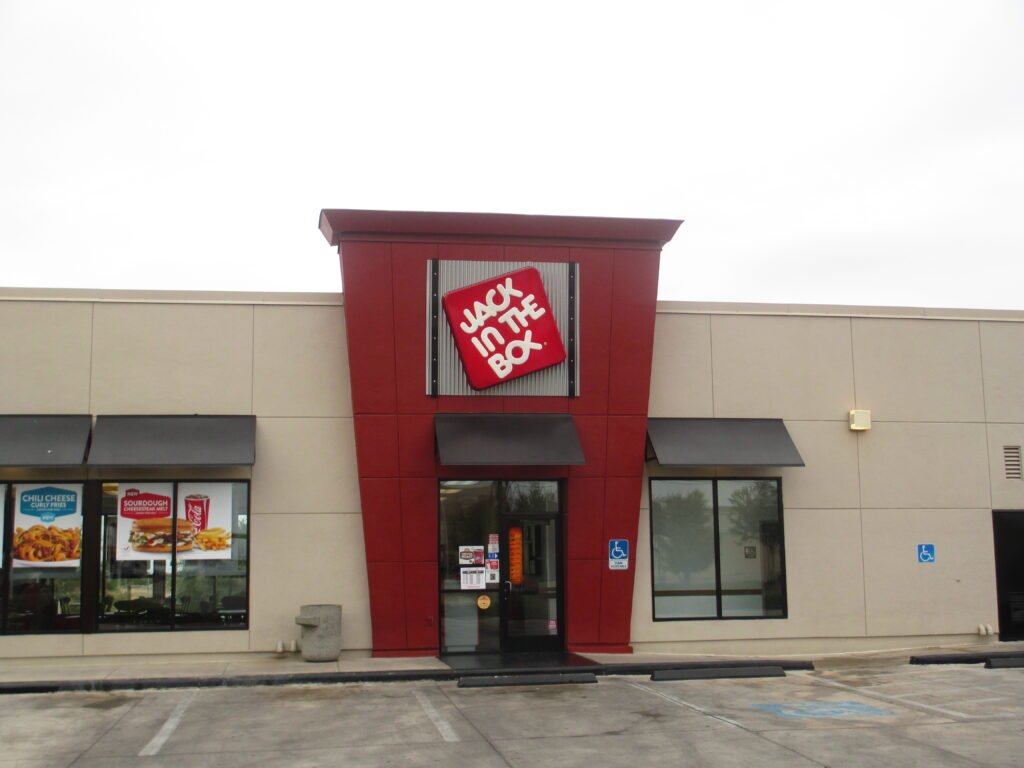
Jack in the Box once thought it was brilliant to combine fries and onion rings into one order called Frings. The idea was simple: if you couldn’t decide between the two, you’d get both in one bag. It seemed like a dream for indecisive customers.
But the portions were never quite satisfying. You’d end up with a few fries and a couple of rings, leaving you wishing you’d just ordered one or the other. The concept didn’t last, though it’s still remembered fondly by fans who thought it was fun while it lasted.
10. Pizza Hut’s Priazzo
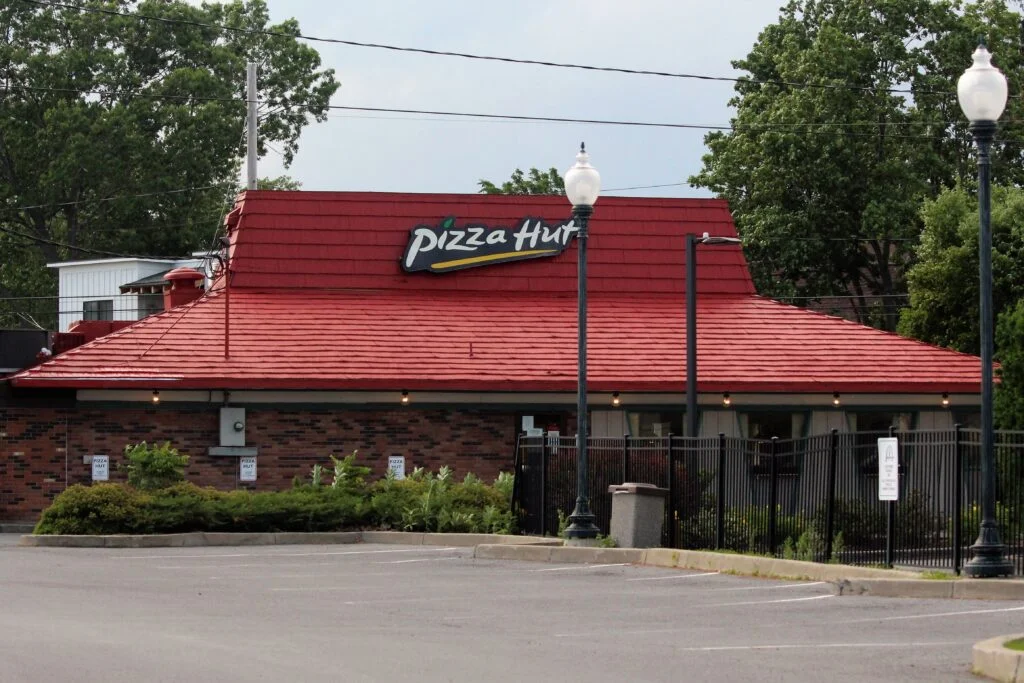
Pizza Hut launched the Priazzo in the mid-’80s, a deep-dish pie inspired by Italian stuffed pizza. It had layers of cheese, meats, and sauce baked inside a double crust. It looked impressive, like a cousin to Chicago deep-dish, and was heavily marketed as a big, hearty meal.
The problem was, it took forever to cook and was too heavy for most casual pizza eaters. It also required more effort from the kitchen staff, slowing down the whole operation. Customers eventually got tired of waiting, and the Priazzo faded away. Still, some pizza fans insist it was one of the tastiest creations Pizza Hut ever made.
11. Burger King’s Burger Bundles
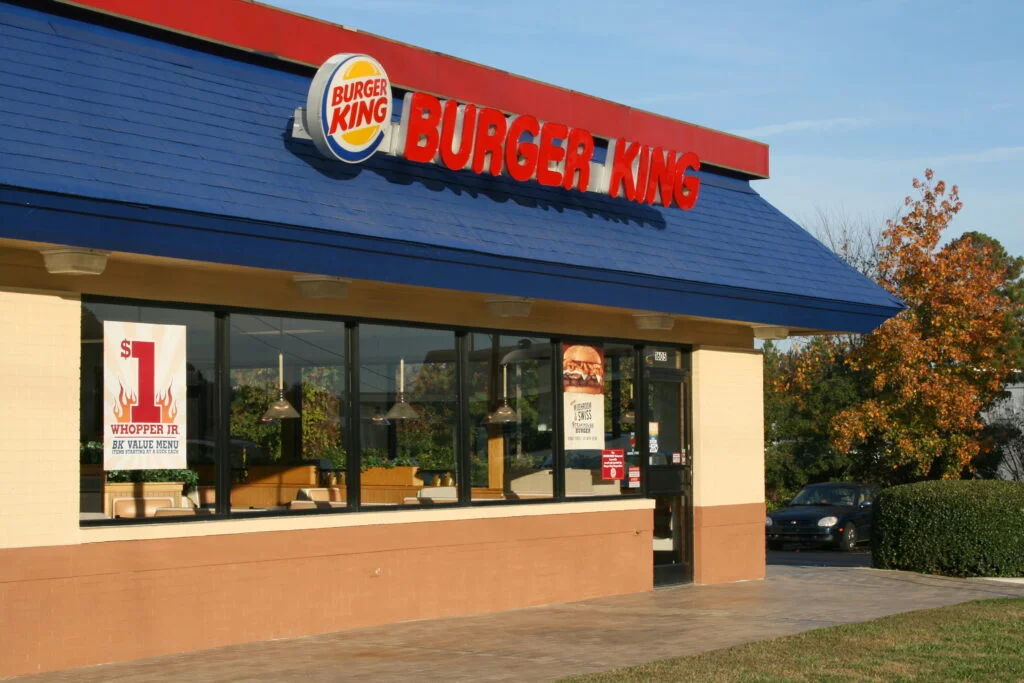
Long before sliders became trendy, Burger King introduced Burger Bundles. These were miniature burgers sold in packs of three or six. They looked cute, but they were kind of awkward to eat.
The buns often stuck together, and the tiny patties weren’t very filling. People weren’t sure if they were meant as snacks or a full meal, and the confusion hurt sales. While the idea of sliders took off decades later, Burger King’s early attempt flopped. It just wasn’t the right time for bite-sized burgers.
12. Dairy Queen’s Breeze
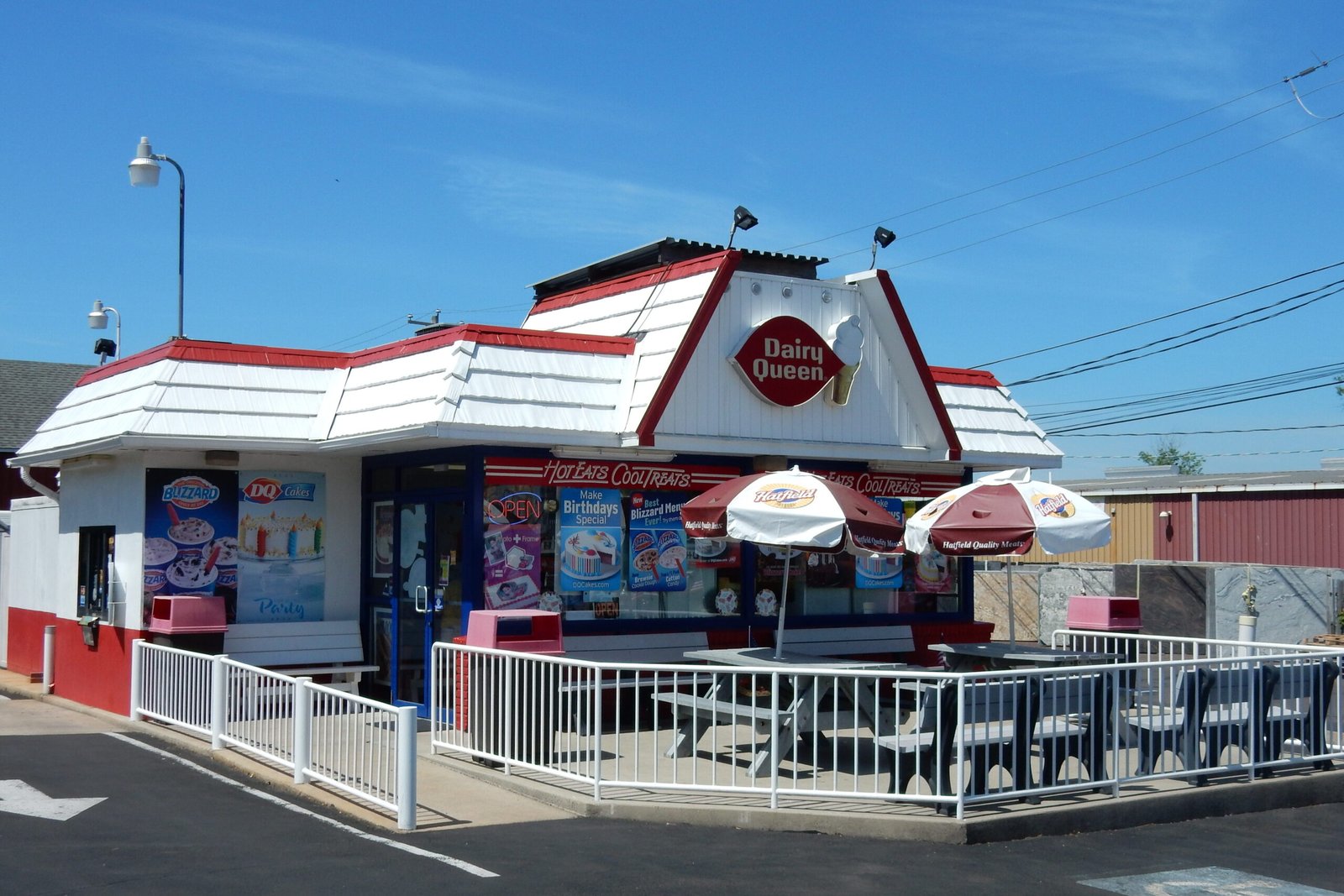
Dairy Queen thought they’d make a healthier alternative to the Blizzard with the Breeze. Instead of ice cream, it used frozen yogurt mixed with toppings like fruit and candy. It was a way to appeal to calorie-conscious customers while keeping the fun of customizing a treat.
The problem was, people didn’t go to Dairy Queen for health food. The Breeze never tasted as indulgent as a Blizzard, and it simply couldn’t compete. Eventually, it was phased out, and the Blizzard reigned supreme. It’s another case of fast food learning that people want treats to be treats.
13. McDonald’s Hula Burger
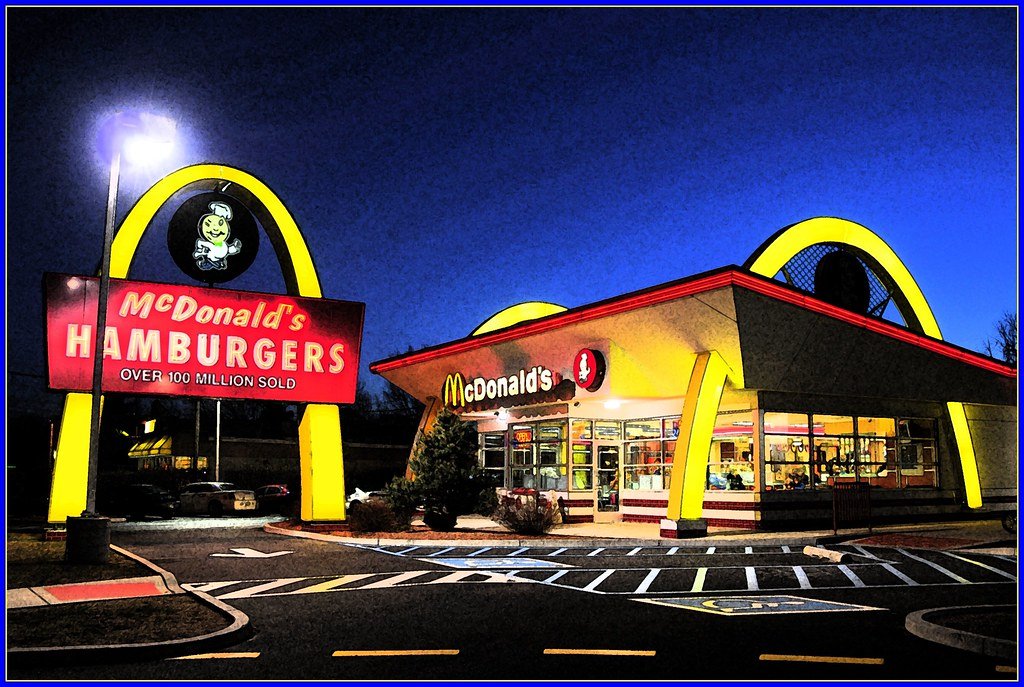
Though technically first tested in the ’60s, the Hula Burger resurfaced in some areas during the ’80s as McDonald’s looked for Lent-friendly options. It featured a slice of grilled pineapple topped with cheese on a bun. The idea was that it could serve as a meatless alternative to a hamburger.
It didn’t go over well with most customers, who thought the sweet-and-savory combo was odd. The Filet-O-Fish ended up winning the battle for McDonald’s Lent menu slot. The Hula Burger remains a strange relic of fast-food experimentation. Most people can’t believe it ever made it to menus at all.


